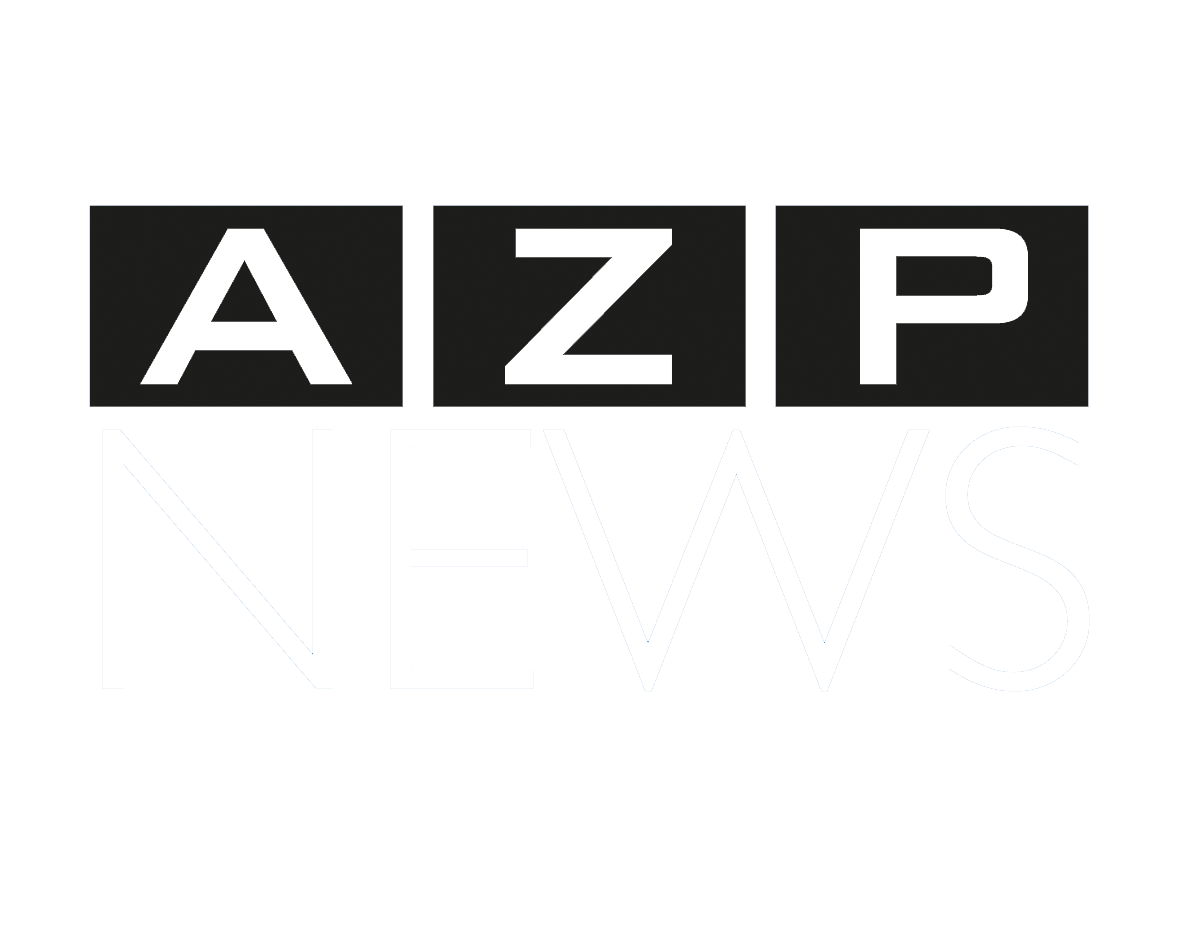By Ravi Nanga
IN the past we looked at the process of commencing an action and saw a brief overview of the court process.
In the next few weeks, we will look in some detail at the major steps in the legal process involving an action. This week we will examine what a pre-action protocol letter entails.

This is the first step in seeking to protect your legal rights in the event you have suffered a wrong. This is an important first step, as if properly utilised, the parties may be able to avoid litigation and settle the matter at the pre-action stage.
While this is an important step, in certain circumstances a party may be excused for not complying with this step, if for example the matter is an urgent matter for example by requiring the seeking of an injunction or if the limitation period is close to expiring and it is not practical to issue a letter.
While before the Civil Proceedings Rules came into force parties would prepare a letter before action advising of the intention to commence proceedings, upon the Civil Proceedings Rules coming into force, came the requirement to comply with Pre-Action Protocols.
The Civil Proceedings Rules contained a Practice Direction relating to Pre-Action Protocols, which deals with what is expected of parties prior to the commencement of an action in court.

This Practice Direction was issued on November 15, 2005. The policy behind the Practice Direction is to alert the intended defendant of the case that he has to answer and identify the issues in dispute between the parties and to encourage the early exchange of relevant documents.
On the basis that parties are expected to fully disclose the nature of their respective claims at an early stage, including the exchange of supporting documents, it places the parties in a good position to determine the relative strengths and weaknesses of their respective cases and affording them the opportunity to consider their respective positions.
A perusal of the Practice Direction reveals a comprehensive set of requirements that an intended claimant is expected to follow in preparing and sending a pre-action protocol letter to the intended defendant. In addition to the general requirements, the Practice Direction goes into specifics in relation to certain types of matters.

The onus placed on a claimant in doing a pre-action protocol letter is to give sufficient concise details of his claim to allow the intended defendant to understand and respond to the claim.
The claimant is also required to provide essential documents that he intends to rely upon to support his claim. The letter should also advise the intended defendant of the importance of acknowledging and responding to the letter and if there is no or an inadequate response, whether proceedings will be commenced by the filing of a claim.
The letter is also required to advise the intended defendant that in the event there is no or an inadequate response, that in the event proceedings are commenced, the court can impose certain sanctions on the intended defendant for failing to properly answer the pre-action protocol letter.

The onus placed on the intended defendant is to acknowledge receipt of the letter in writing within seven days of receiving the letter, stating when a full response to the letter will be forthcoming. The intended defendant is required to state whether he accepts the whole claim or part of the claim and make proposals for settlement or if there is no acceptance of the claim.
If the claim is being denied, the intended defendant is required to give a detailed explanation for denying the claim, indicating which of the claimant’s facts are accepted and which are in dispute. Like the claimant, the intended defendant is also required to provide the claimant with the documents that he intends to rely upon in support of his position in relation to the claim.

If either party requires specific documents from the other party, they are required to identify such documents and request that party to produce a copy of the document. Depending on the nature of the dispute, if the parties are of the view that mediation or some other method of alternative dispute resolution can assist, it is advisable that such a step be pursued. Further, the parties are able to seek the advice of an expert in a given field in order to assist with resolving the dispute at an early stage if they are of the view that such assistance will be useful.
As stated above, if the intended defendant fails to respond, or fails to respond adequately to a pre-action protocol letter, and proceedings are commenced, if the court is of the view that such failure was unreasonable, the court can impose sanctions on the defendant for failing to utilise the pre-action protocol procedure.

Similarly, if the claimant fails to utilise the procedure, and does not have a good reason for failing to do so, the court can also impose sanctions on the claimant, if the court is of the view that utilising the pre-action protocol procedure could have prevented the action from being commenced.
The most usual sanction that can be imposed will be on the issue of costs. If the claimant unreasonably failed to utilise the procedure, he can be denied his costs of the action. If the defendant unreasonably failed to utilise the procedure, he can also be penalised when it comes to the issue of costs.
The pre-action protocol procedure is a very useful process that can, if properly utilised, prevent actions from being filed and giving the parties an opportunity to resolve the dispute that exists between them at an early stage.
![]()











